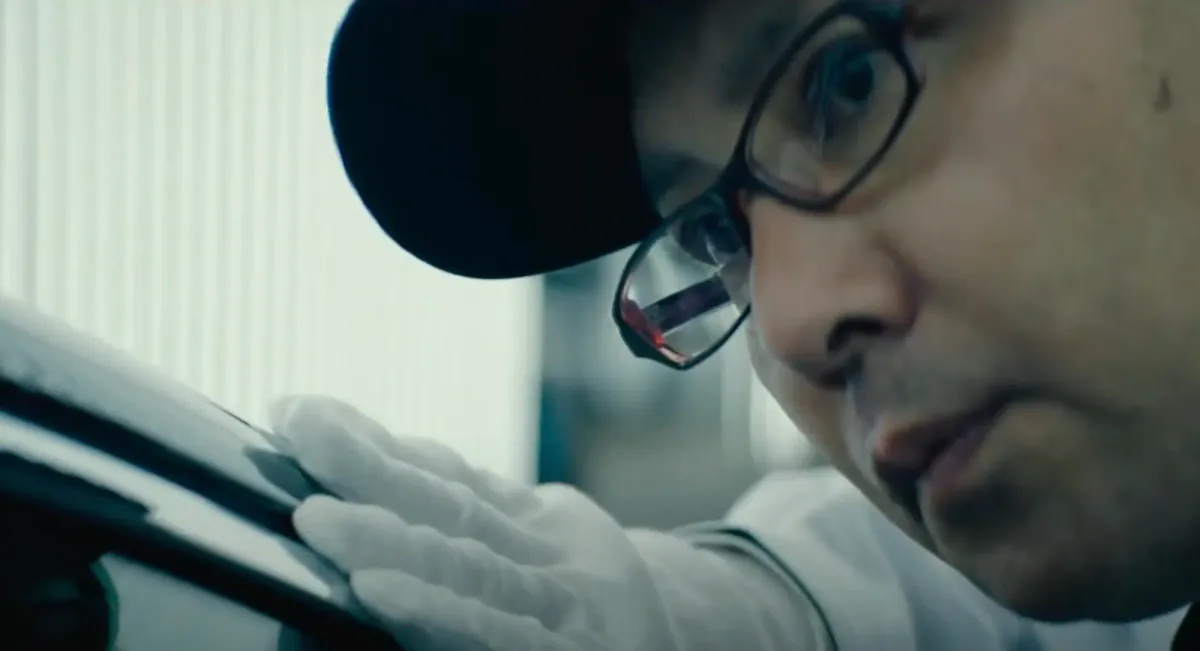AI's hidden cost: the decay of expertise
True mastery takes tens of thousands of hours honing a craft. In a world chasing AI shortcuts, deep human expertise is more essential than ever.

60,000 hours, or about thirty years. That’s the time it takes to become a Takumi, or “master craftsman.”
These hyper-specialists in welding, painting, or metallurgy practice their craft more through their senses and hands than through machines. Takumis play a crucial role: they train employees, improve designs, and help configure machines and train robots. Toyota’s Takumis—though similar experts exist elsewhere—are around 500 in total, representing roughly one in 1,000 employees. Each Takumi typically dedicates about ten years to their craft before retiring. Their expertise is passed down from one generation to the next through a multi-year training program. This is yet another example of Toyota’s strategic and winning investment in human capital.
Martin Fowler (Agile Manifesto co-signer, renowned author on software development), Jony Ive (Apple’s legendary designer), and Fei-Fei Li (computer vision expert) are Takumis in the world of tech products and services. The pre-ChatGPT norm was clear: these talents were rare, and companies preferred to recruit them at high costs rather than develop them in-house. But for several months now, Big Tech executives have been pushing the idea that AI could replace engineers and designers.
This is a dangerous idea for several reasons, and I’ll explore one here. A joint study by Microsoft and Carnegie Mellon shows that relying on generative AI reduces critical thinking and problem-solving abilities. This directly aligns with what I observe across many companies. Several experts in different tech fields have shared the same experience with me: “We spent more time fixing AI-generated problems than improving our design and architecture.”
In other words: using AI excessively erodes expertise.
Here’s something to reflect on: if we break the chain of expertise, what happens next? It takes generations to develop Takumis, but only one to wipe them out.
The winning strategy, then, is to double down on developing in-house experts in crucial technologies—AI included.
This editorial was published in the February 2025 issue of the Taktique newsletter.